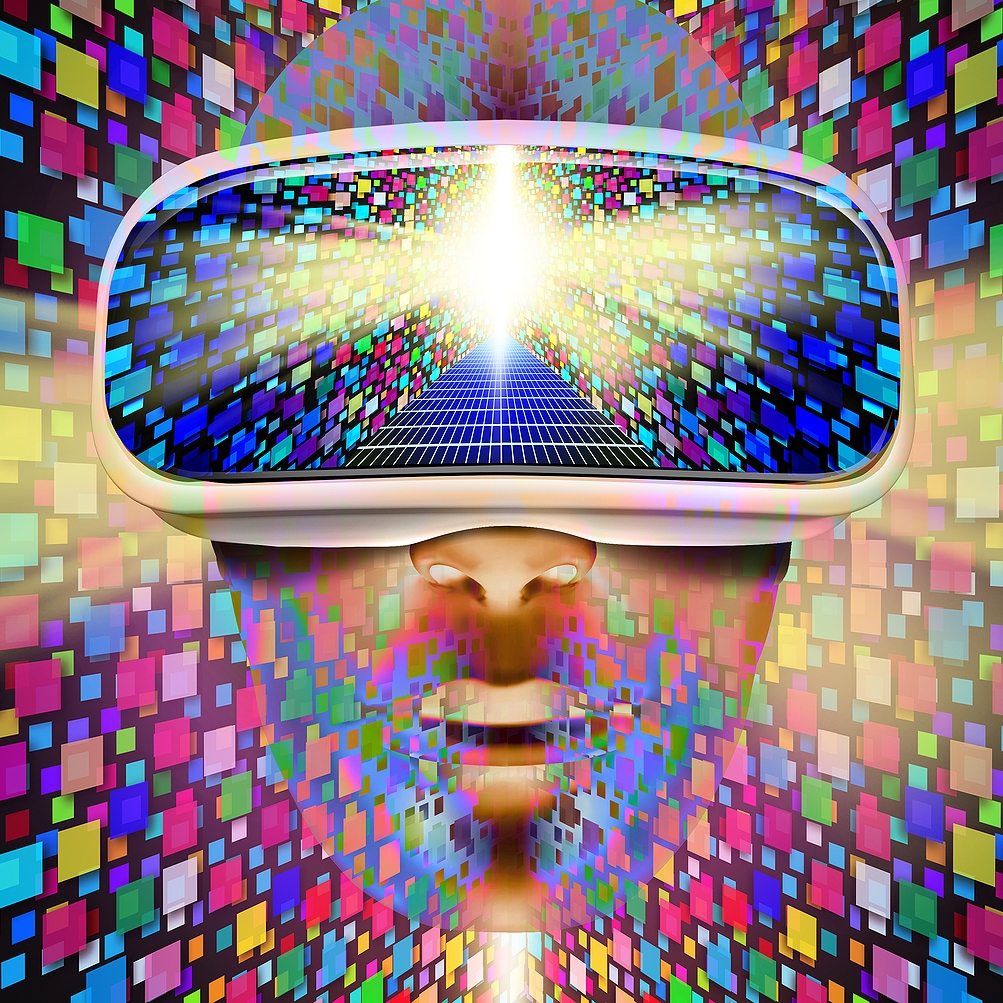The metaverse is a virtual environment in which users can interact using computers and the internet. With technological advancements, the digital realm has become more useful, accessible, and immersive, providing ongoing opportunities for different sectors, including art.
The metaverse sphere is now the new venue for art galleries, which has resulted in various metaverse business ideas. It allows artists to combine the physical environment with digital creativity, resulting in creative artwork. However, as with other innovations, there are challenges in establishing presence, interactions, and authentic perception in virtual art galleries.
This article examines the opportunities and challenges for art galleries in the metaverse.
Opportunities for Art Galleries in the Metaverse
Reach a larger audience
Art galleries in the metaverse world deliver an opportunity to reach a wider audience, showcasing art collections to a global audience even in the absence of a physical store. It can provide an increased immersion experience for visitors, enabling them to engage with the artwork.
Promotes democratization
The metaverse can serve as a democratizing environment in the art world, allowing artists to showcase their work without the need for physical space or proximity.
It removes traditional barriers that hampered marginalized groups. Economic inequality, a lack of educational resources, and social isolation all serve as barriers to participation in art exhibits. Metaverse technology has made art tools, resources, and art education materials more widely available, allowing anyone to freely explore and showcase their creativity without boundaries.
Accessibility
Art accessibility is the idea that any art should be accessible and enjoyable to people from all walks of life, regardless of status, location, color, or background. Anyone can access that artwork via the internet and devices, allowing it to reach a wider audience.
This approach promotes accessibility by removing customary barriers, allowing more artists and collectors to engage with and adapt to digital arts.
The essence of this method is that anyone can participate and decide to be a collector.
New opportunities for collaboration and creation
Artists and galleries may team up to create immersive exhibits and experiences that allow visitors to browse, explore, and engage with the artworks in a digital format.
Provides a platform for talented new artists
The metaverse sphere provides a platform for young artists to showcase their work and build their reputation without spending a lot of money or needing a physical gallery setting.
New Innovation
The digital space provides a platform for artists to try their hand with new tools and different digital art forms, such as AI art and NFTs.
The metaverse provides an opportunity for non-fugitive tokens (NFTs) to transform the art world. NFTs enable collectors to purchase and own one-of-a-kind, authentic digital artwork. It establishes a marketplace for artworks, allowing artists and museums to sell, earn, and commercialize their digital collections in the metaverse.
Challenges for Art Galleries in the Metaverse
Perception
There are challenges in how customers perceive AI artworks. It has a greater impact on the acceptance of digital art within the metaverse. Here are a few of the reasons.
Authenticity and reliability: In the digital world, the trustworthiness and authenticity of artwork and galleries are critical. The easy manipulation of the metaverse can raise doubts about the authenticity of artwork and the legitimacy of galleries.
Perceived value or pricing: Pricing for digital artworks differs from traditional galleries. Some may question the worth and collection of digital artwork, particularly on NFTs, causing hesitation to invest in digital art.
Cultural and artistic biases can influence perceptions. Different cultures and heritage groups perceive art differently.
Restricted physical interaction
Art galleries in the metaverse allow for a limited physical interaction with the artwork. Visitors are unable to feel or touch the actual artwork, which can detract from their overall enjoyment of the art experience.
Because of the nature of the digital realm, users can only interact with artworks through avatars or digital means, which eliminates the sensory aspects of physical engagement with the artwork. Furthermore, the tangible elements of the artwork, such as texture, brush strokes, and physical matter, can elicit emotions in the viewer.
Though the metaverse's art galleries provide stimulating possibilities, they cannot completely replicate the physical encounter with the artwork.
Regulatory rights and security concerns
Metaverse art galleries are new, innovative spaces, and regulations have constant updates to align with the protection of intellectual property and the digital art market.
Also, security concerns are the primary issue in the metaverse world because of its accessibility and no-exceptions policy, which makes it vulnerable to data breaches and safety hazards.
Technical challenges
Not all visitors are tech-savvy enough to navigate the metaverse, which creates technical barriers for a few prospective collectors and viewers. Furthermore, building a virtual artwork gallery necessitates advanced technology and knowledge, which may pose a challenge for some.
Conclusion
The metaverse provides limitless opportunities for artists to explore and display their creativity. It functions as a fascinating art platform for interaction, cooperation, and discovery.
While the metaverse presents exciting opportunities for the art world, it also poses unique challenges that require management to fully realize the potential opportunities every gallery and artist seeks in the digital sphere.
